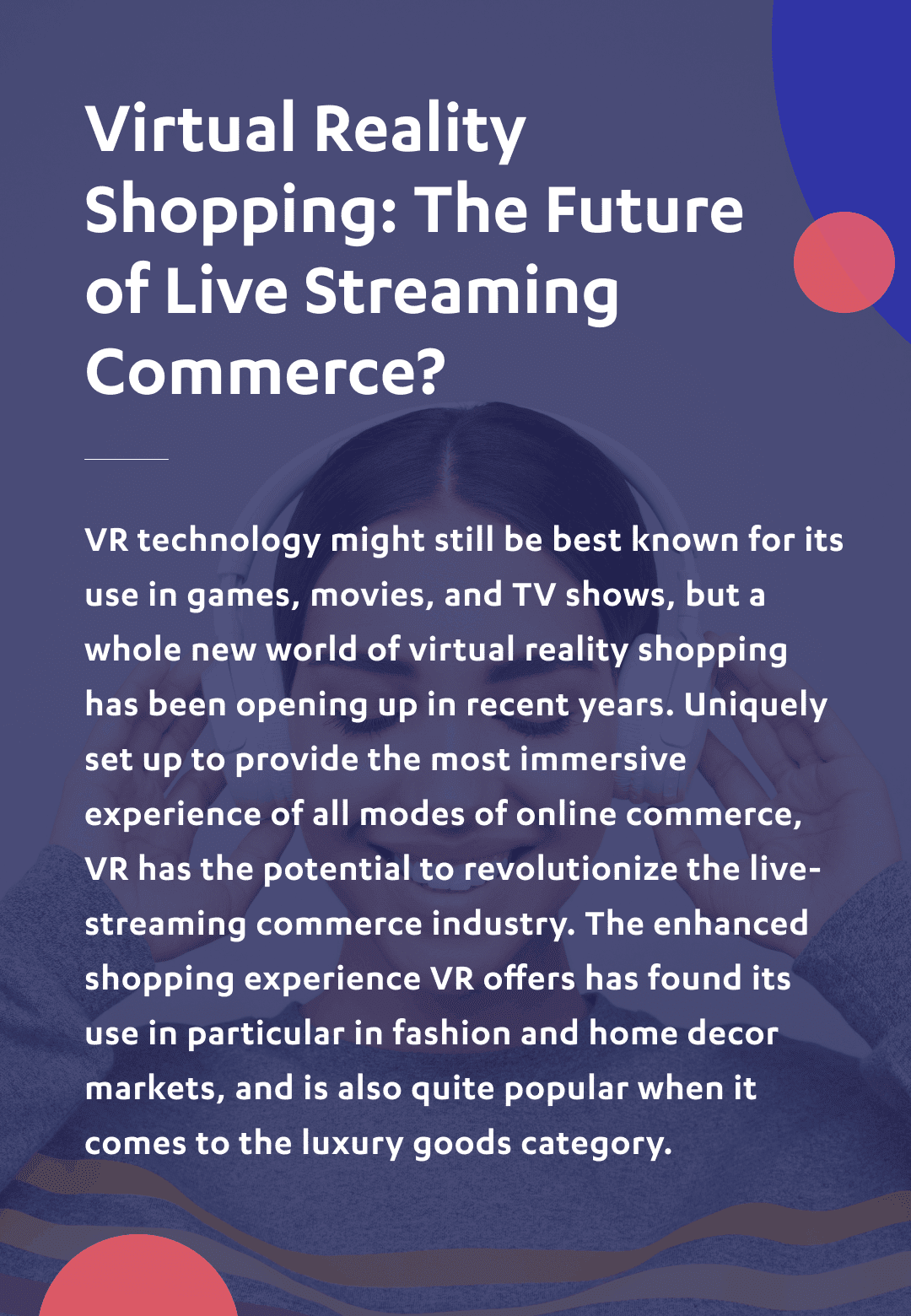Live Streaming Commerce vs Traditional Online Shopping
The main advantage of online shopping compared to conventional online shopping was, simply, that it was convenient: you could choose and order products from the comfort of your home. Live-streaming commerce includes the convenience component, turns it up a notch, and adds several important advantages.
First of all, the customers get to see a live demonstration of the product. This means they are more likely to know what they’re buying, which in turn produces lower return rates than in traditional online commerce. Live videos – possibly the most engaging content form – create a sense of urgency and the fear of missing out, prompting the customer to instantly complete the purchase. Compared to traditional online commerce, conversion rates in live shopping can be up to ten times higher!
Another essential benefit of live shopping is its interactivity. Customers can participate in the live stream, be it by communicating with the seller or sharing the stream with their friends. Some brands even offer the option of one-to-one video calls for their shoppers, bringing the personalized experience even close to that of traditional in-store shopping.
The level of social engagement in live commerce is significantly higher than that of traditional online commerce – this helps brands gain new followers and better reach the existing ones, improving overall customer engagement. By collaborating with selected influencers and celebrities as sellers, brands can improve their general image and appeal to new customers.








